
Bring Life to Your Water Garden with Beautiful Aquatic Plants
Aquatic & Garden Decor is Cincinnati’s largest supplier of aquatic plants, and our experts are ready to help you choose the right water plants for your pond environment. From beautiful blooming flowers to lush greenery, each water plant is both beautiful and functional. With the addition of the proper aquatic plants, your water garden will develop a self-sustaining ecosystem that requires little maintenance.
Adding aquatic plants to your garden pond is an excellent way to spruce up the beauty and health of your water garden. Aquatic plants add oxygen to the water, helping fish and other aquatic creatures stay healthy. They also provide shade for the pond and attract beneficial insects, such as dragonflies and damselflies. Plus, certain aquatic plants can help reduce algae growth in your garden pond and act as a natural filter by removing toxins from the water. Aquatic plants can instantly transform your backyard garden pond into an inviting haven full of biodiversity.
Below is a guide to some popular types of aquatic plants, including placement and wintering information for each. Enjoy the gorgeous photos, but be sure to stop in our beautiful outdoor showroom and see what’s in bloom for yourself!
Items pictured on our website are only a sample of what we offer.
Visit us in person to see our current inventory.
Hardy Water Lilies
The water lily is one of the most recognizable and beautiful water plants. Water lilies shade the water surface and prevent too much sunlight from penetrating the water to feed algae. Most need five hours of direct sunlight per day in order to grow well and bloom; however, shade tolerant varieties are available.
Placement
Place water lilies in the deep part of the pond with 12″ to 18″ of water over the tops of the containers. Water lilies grow best in very still water; locate them away from waterfalls and spray heads. For best growth and blooming, fertilize with water plant fertilizer, during the growing season, according to the directions on the fertilizer package.
Winterizing
When winterizing in the fall, cut foliage 2″-3″ above the soil and remove roots that have grown out around the pot. Leave lilies in the deep section of the pond. We recommend splitting lilies in late summer. Use water gardening soil (nothing rich or lightweight) then cover the dirt with pea gravel.
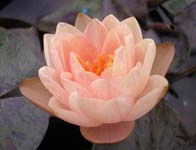
Berit Strawn Lily

Bernice Ikins Lily
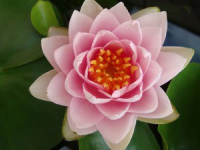
Madame Wilfron Gonnere Lily
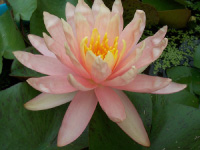


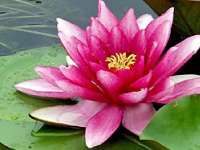
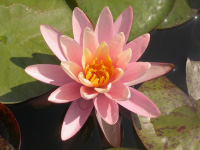


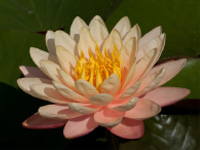
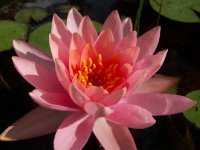
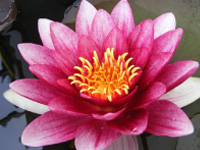
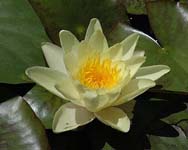

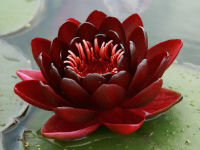
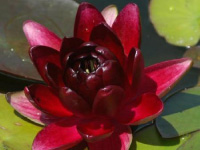

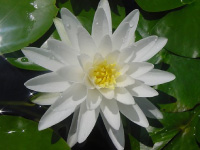
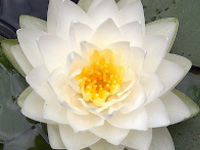


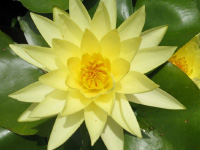
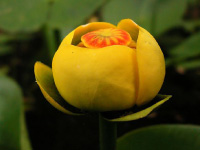
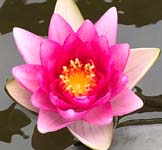
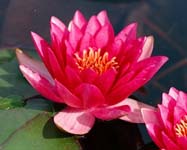
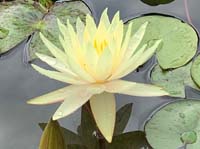

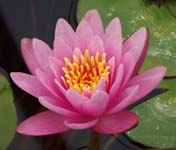
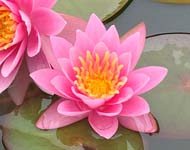

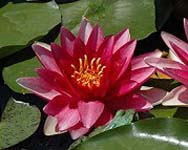
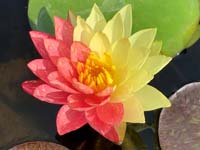
Tropical Water Lilies
Much like the hardy water lily, the tropical water lily shades the surface of the water to prevent algae growth. Most tropical lilies need five hours of direct sunlight per day in order to grow well and bloom. The best time for tropical lilies is from mid to late May through the end of September in the Cincinnati area (Zone 6).
Placement
Place tropical water lilies in the deep part of the pond with 12″ to 18″ of water over the tops of the containers.For best growth and blooming, fertilize with water plant fertilizer during the growing season, according to the directions on the fertilizer package.
Winterizing
Tropical water lilies must be brought inside for the winter months. Wait until after the second frost, but before the first hard freeze; this helps prepare the tropical lily for winter dormancy. Remove the lily tuber(s) from the pot, wash off all dirt and put it in a closed container, or plastic bag, filled with damp sand. Store it in a cool (50-55ºF), dark area. Replant the lily in the spring (in water gardening soil with pea gravel on top) and put it back into the pond when the water temperature warms to around 70ºF.

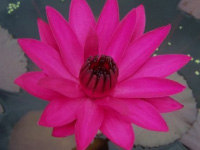

Mrs. George C. Hitchcock Lily
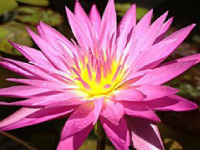




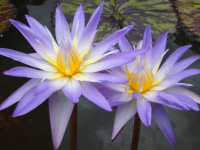


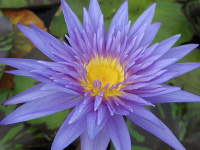
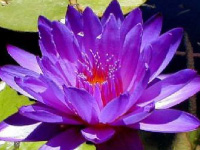

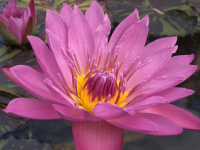

Hardy Lotus
The beautiful hardy lotus is a relative of the water lily and a showstopper in the water garden since they come in a variety of sizes and colors. They need at least five hours of direct sunlight per day to bloom well.
Placement
For best growth and blooming, fertilize with water plant fertilizer during the growing season, according to the directions on the fertilizer package. A lotus grows well with 6″ to 12″ of water over the top of the container, depending on the size of the water plant.
Winterizing
When winterizing in the fall, carefully cut all foliage off the water plant and move it down to the deep section of the pond. In the spring, wait until new leaves emerge from the water plant before moving it back to its shallower place for the growing season.
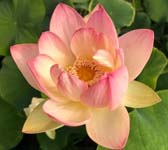

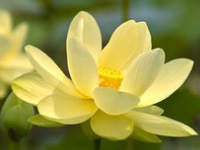
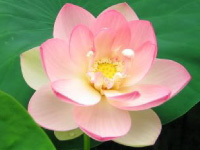



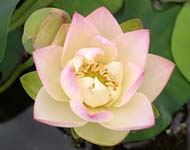
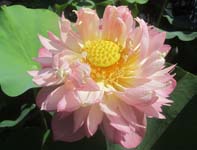

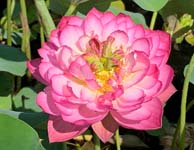
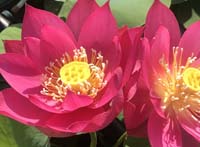

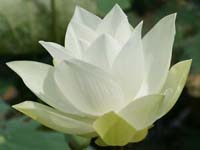


Hardy Bog Plants
Also known as hardy marginals, hardy bog plants include irises, cattails, and hibiscus, just to name a few. Most of these water plants will grow in sun or shade, but flowering water plants typically need at least five hours of sunlight per day to bloom.
Placement
These aquatic plants will grow best in the shallow area of the pond with approximately 2″ of water over the top of the pots. For best growth and blooming, fertilize with water plant fertilizer during the growing season according to the directions on the fertilizer package.
Winterizing
Split bog plants in late summer or early fall using water gardening soil and cover the dirt with pea gravel. For winter, cut most water plants back (approximately 2″-3″ above the soil) and leave most on the shelves.

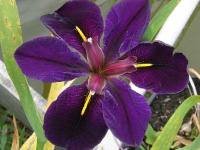
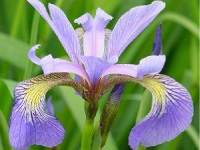

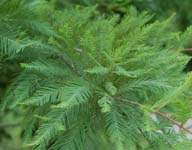
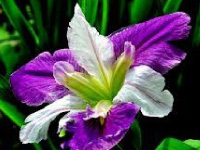
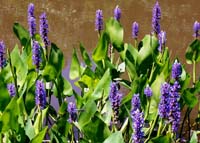
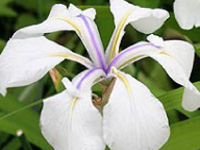
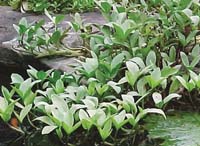
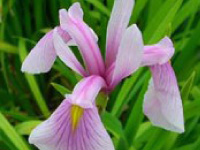
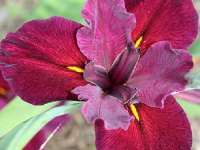
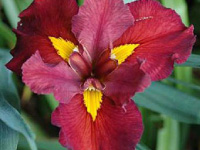

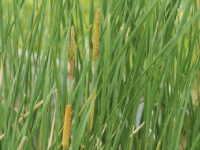

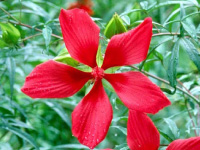
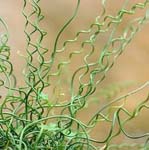
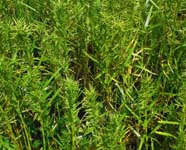
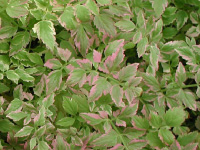
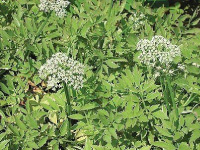
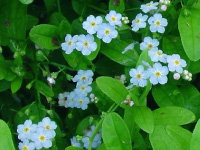
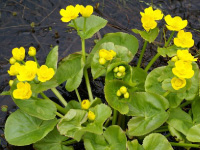
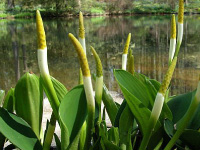
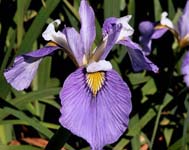
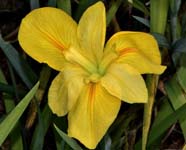
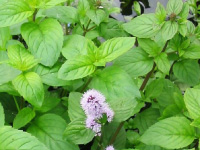
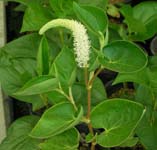

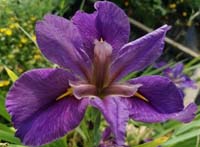

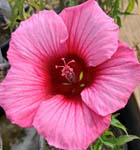



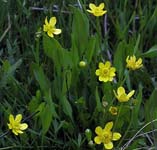
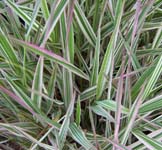

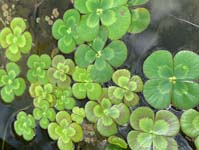
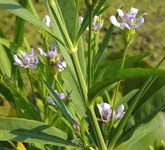
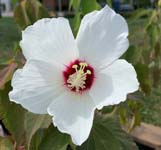
Tropical Bog Plants
Tropical bog plants are another great addition to your water garden! Most of these plants will grow in sun or shade, but flowering plants typically need at least five hours of sunlight per day to bloom.
Placement
These marginal plants will grow best in the shallow area of the pond with approximately 2″ of water over the top of the pots. The best time for tropical bog plants is from mid to late May through the end of September in the Cincinnati area (Zone 6). For best growth and blooming, fertilize with aquatic plant fertilizer according to the directions on the fertilizer package. Tropical marginals can be split and planted with the same method used for hardy bog plants.
Winterizing
These water plants cannot be left outside in the winter or they will die. All tropical bog plants must be brought inside before the first frost, and treated as a houseplant, sitting in a container of water in a direct-light window. They can also be kept in a heated greenhouse or in a warm area with a grow light overhead. In spring, allow time for the water temperature to reach 70ºF. Gradually re-introduce tropical bog plants to the outdoors prior to placing them back in the pond for the summer.
Great tip: a tropical bog plant in a beautiful container in your home is a great way to preserve a piece of summer. Also, the reservoir of water provides good humidity for dry winter air.
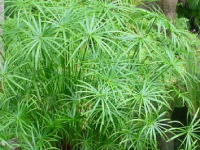

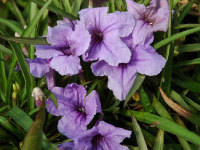

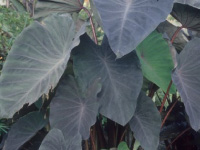
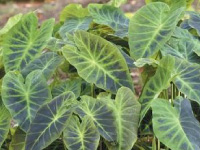
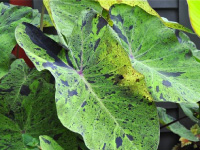

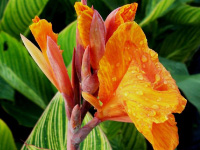
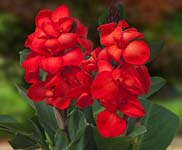




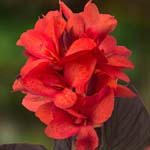

Floating Aquatic Plants
Floating water plants are a necessary addition to your water garden because they contribute to pond water balancing. These plants shade the pond surface and prevent too much sunlight from penetrating the water to feed algae. Their root systems also act as natural filters.
Placement
However, they can be very invasive and must be trimmed back, and some of the water plants discarded from time to time. If this is not done, they can choke out other water plants. Floating aquatic plant roots are also excellent spawning grounds for fish.
Winterizing
These plants are tropical water plants and cannot be kept outside over the winter. Typically, they are thrown away at the end of the season, as they rarely survive indoors.
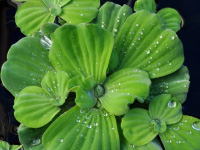
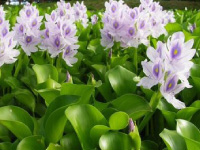
Oxygenating Plants
Oxygenating water plants are essential for maintaining a well-balanced natural ecosystem. They reduce the algae in the pond by competing with the algae for existing nutrients, while releasing beneficial oxygen into the water.
Placement
To efficiently balance a pond, it is necessary to have one bundle of oxygenating water plants for every two square feet of surface water. We recommend placing all of the bunches together in one area in the deep part of the pond (18″ minimum) where the water is cooler. The water plants will grow unpotted in the water; however, they must be weighted down in the deep part of the pond or held down with a rock. If the entire water plant floats to the top of the water, it will not grow well.
Winterizing
During the winter, these oxygenators should remain in the deep section of the pond. These are hardy in the Cincinnati area, provided the growth is cut below the freeze level. The cut clippings can be saved, bundled and anchored with a rock. Be aware, oxygenators may be eaten by fish during the winter. Also, if your pond is not cleaned in the fall, the oxygenators can rot in the buildup of muck and leaves on the bottom.
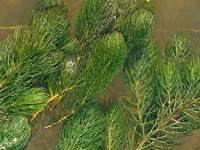
Let aquatic plants bring color and life to your water garden. Find the water plants for your garden pond at Aquatic & Garden Decor!

